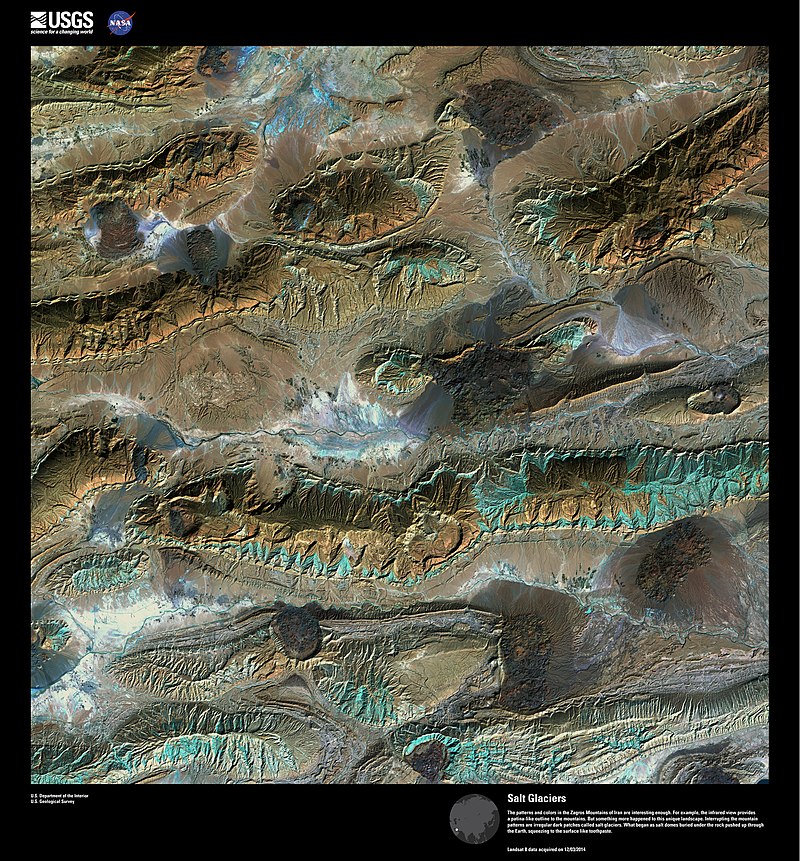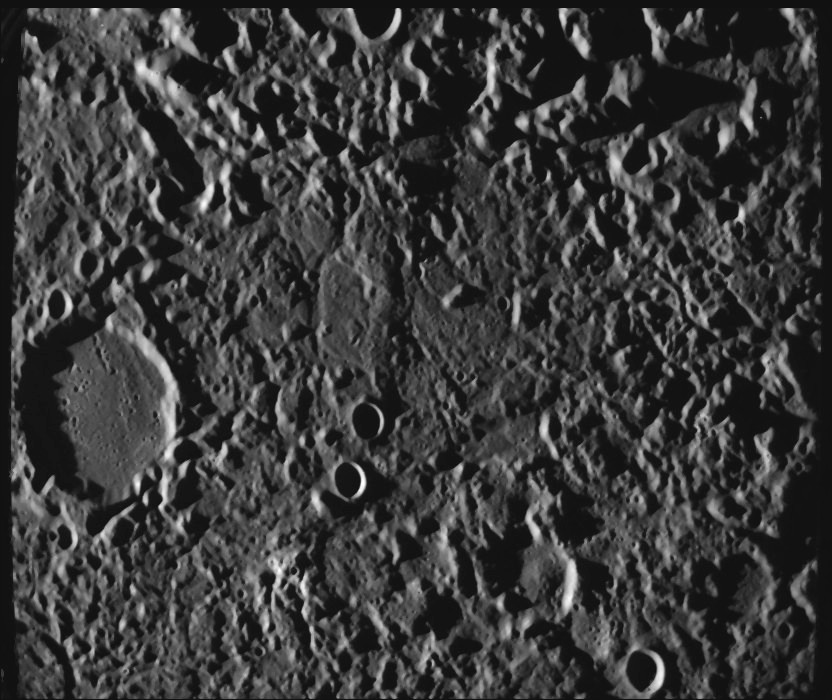I have lost count of how many times I have given public lectures and explained the temperature differences between Mercury and Venus. How Mercury, surprisingly isn’t the hottest planet in the Solar System and how that badge goes to Venus, thick atmosphere blah blah blah. Mercury and its complex surface geology does of course get a good chunk of time but a recent paper has rather caught my attention and turned what I thought I knew about Mercury on its head! In short, a team of scientists have announced evidence for salt glaciers on Mercury!
Planetary Science Institute (PSI) scientists; Deborah Domingue, Bryan Travis, Jeffrey S Kargel, Oleg Abramov, John Weirich, Nicholas Castle and Frank Chuang are the co-authors of a paper that made the announcement. Their discovery of Mercurian glaciers (which are made of salt rather than the glaciers composed of water ice we are familiar with on Earth) are believed to have formed under the crust in Volatile Rich Layers (VRLs). The glaciers are then exposed by asteroid impacts. Salt glaciers are a rare phenomenon on Earth but have been seen in areas like the Zagros Mountains in Iran.

The team went on to suggest formation processes for these salt glaciers and the chaotic terrain that Mercury is well known for and at mechanisms that can explain the VRL formation? They studied the Borealis Chaos region near Mercury’s north pole, a region rich in chaotic terrain. Asteroid impacts have to all intents almost wiped out the craters in this region, many dating back to the early days of the formation of the planet. Underneath this layer lies ancient cratering that was discovered through analysis of localised gravitational fields. The placement of the two layers suggest perhaps that the VRLs may have in some way developed on top of an already solid terrain.

Previous theories suggest the different layers formed through mantle differentiation where minerals separate out into layers but now a new theory is emerging. It seems the evidence points to some sort of global event, perhaps even from the collapse of Mercury’s fleeting hot atmosphere shortly after the formation of the planet. An alternative theory suggests that escaping volcanic gas may temporarily create pools of water or dense, highly salty steam which could have deposited salt. Significant amounts of the water would have swiftly been lost into space while some could have been trapped in minerals leaving behind a clay and salt rich layer.
The discovery of the glaciers on Mercury is in itself fascinating yet what has really captured my imagination is the impact this has on the potential for areas of habitability on Mercury – or any other planet for that matter.
On Earth, the existence of certain salt compounds in what would otherwise be inhospitable locations has given life a foot hold. We often talk of the Goldilock Zones around stars, the distance at which liquid water can exist and therefore has the potential for life. Yet the discovery of subsurface volatiles (which would ordinarily have evaporated out into space) suggests perhaps depth is also a key criteria for a hospitable environment. The surface of Mercury seems inhospitable to life but perhaps, life may get a foot hold underground. Okay this may seem far fetched but it does add an interesting dimension to the debate around a planets suitability for life.

